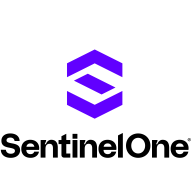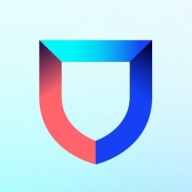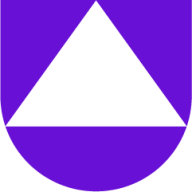


Lacework FortiCNAPP and Uptycs compete in cloud security and monitoring. Lacework FortiCNAPP leads with seamless integration and proactive threat detection, whereas Uptycs offers broader customization and insights.
Features: Lacework FortiCNAPP includes advanced anomaly detection, automated threat response, and clear security insights. Uptycs provides robust threat hunting capabilities, detailed compliance reporting, and extensive vulnerability management.
Ease of Deployment and Customer Service: Lacework FortiCNAPP offers intuitive configuration and extensive support resources for fast deployment. Uptycs provides flexible on-premise and cloud deployment with strong customer service for tailored support.
Pricing and ROI: Lacework FortiCNAPP provides competitive pricing with long-term ROI through effective threat prevention and reduced operational costs. Uptycs may have higher initial setup costs but offers substantial ROI through detailed insights and customizable reporting.


SentinelOne Singularity Cloud Security protects cloud workloads, offering advanced threat detection and automated response. It integrates seamlessly with cloud environments and secures containerized applications and virtual machines against vulnerabilities.
SentinelOne Singularity Cloud Security is renowned for its efficiency in mitigating threats in real-time. The platform integrates effortlessly with existing cloud environments, ensuring robust cloud security management with minimal manual intervention. Securing containerized applications and virtual machines, it excels in threat intelligence and endpoint protection. However, improvements are needed in performance during high workload periods, and more integrations with third-party tools and better documentation would be beneficial. Users often find the installation process complex, support response times slow, and the dashboard's navigation unintuitive.
What are the key features of SentinelOne Singularity Cloud Security?In specific industries, SentinelOne Singularity Cloud Security is implemented to safeguard critical data and infrastructure. Organizations in finance, healthcare, and technology depend on its real-time threat detection and automated response to protect sensitive information. Its ability to secure containerized applications and virtual machines is particularly valuable in dynamic environments where rapid scaling is necessary.
Lacework FortiCNAPP provides robust cloud security, combining vulnerability management and multi-cloud insight with user-friendly controls, machine learning detection, and compliance support.
Lacework FortiCNAPP specializes in cloud security by merging machine learning anomaly detection with agent-based vulnerability management to offer detailed alerts and compliance reports. Its comprehensive approach allows continuous monitoring across AWS and Kubernetes, providing insights from an attacker's perspective. The platform offers automation and seamless Slack integration, facilitating collaborative and efficient cloud security management. Users value its ability to handle multi-cloud environments and scan IAC scripts, configurations, and compute nodes across AWS and GCP.
What are the key features?Organizations across sectors leverage Lacework FortiCNAPP for cloud security, focusing on compliance, security posture, and vulnerability management. It is widely used for monitoring AWS and Kubernetes environments, scanning IAC scripts, configurations, and securing compute nodes. It supports multi-cloud security posture management and log ingestion, enabling companies to maintain strong cloud infrastructures without dedicated security layers.
Uptycs provides robust security monitoring and threat detection, ensuring comprehensive endpoint security, compliance monitoring, and cloud infrastructure protection. It offers real-time alerts and streamlined deployment across IT environments, enhancing security operations and incident response.
Uptycs is an effective tool for threat detection and security monitoring, valued for its real-time monitoring capabilities and seamless deployment. It integrates well with cloud environments, offers detailed reporting, and has a customizable alert system. Users appreciate its scalability, ease of use, and quick response times. However, enhancements in data visualization, better integration with other security tools, and improvements in documentation and customer support could further elevate its value.
What are the key features of Uptycs?
What benefits and ROI should you consider?
Uptycs is particularly beneficial in industries needing robust security measures, such as finance, healthcare, and e-commerce. It provides these industries with enhanced visibility into their assets and streamlined compliance and security operations, ensuring protection against evolving threats.
We monitor all Cloud-Native Application Protection Platforms (CNAPP) reviews to prevent fraudulent reviews and keep review quality high. We do not post reviews by company employees or direct competitors. We validate each review for authenticity via cross-reference with LinkedIn, and personal follow-up with the reviewer when necessary.